Lekagar, the Black River
Watershed area: 189,469 km2
Elevation Range: 1,483m to Sea Level
Outflow: 8,000m3/s
Average Depth: 15m
Source: Crystal Highsands
Mouth: Void Lagoon
Notable Settlements:
Map
River Course
Crystal Source
Crystal Valley
Plains of Serenity
Void Lagoon
The Sunken Lands
Ladgan Swamps and Keys
Regalti History
Two Nations
400B.E. to 270 B.E. - Tevari control and the War of Purges
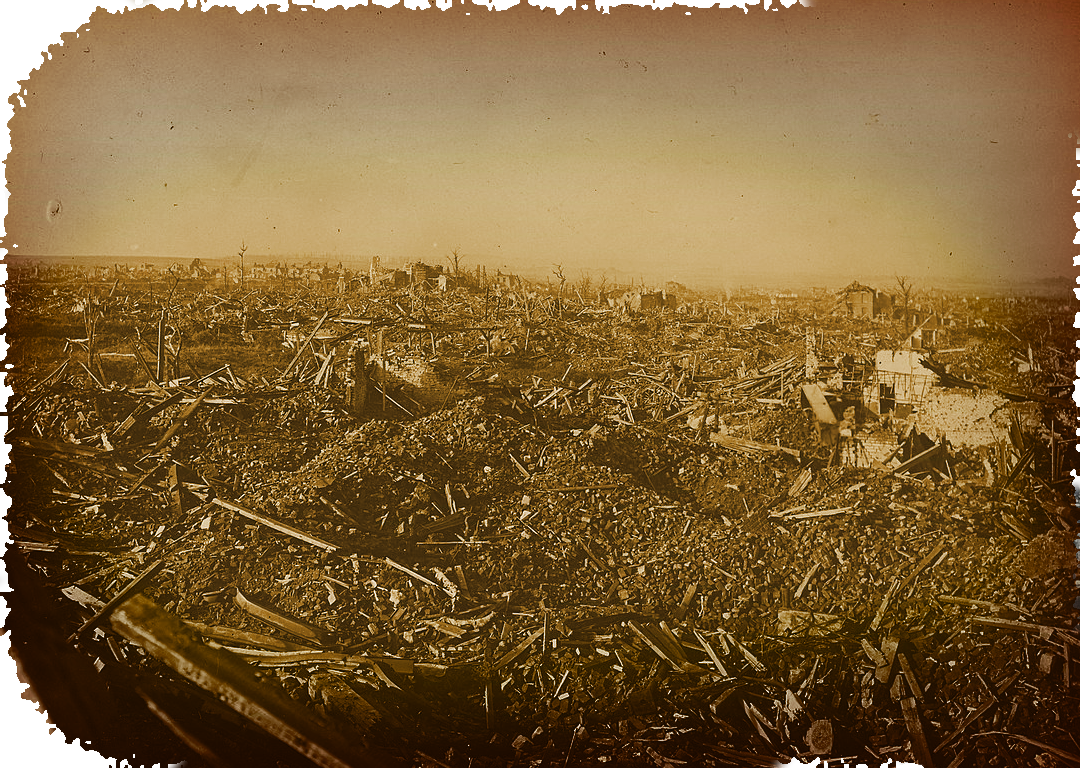
269 B.E. to 354 A.E. - Industrial buildup to the Exodus
River Ecology
What follows are several selected species that live on the river, from each major group of animals, as well as several different plants::Ichthyosaurs
Called Ekandra by the Regalti, these fish-like reptiles range across the entire length of the Lekagar. River ekandra are rather small, never reaching more than the length of a grown person, but occasionally one wanders from the sea that are much larger in proportion. Most species of egandra reproduce near the river's source and swim out to the lower elevations until they reach adulthood.Rokofa
Known as the Sea Grazer or Sea Crawler, this large bird does little more than float in the rivers near the coast, feeding off of seaweed and water urchins. While its large beak looks dangerous, they are little threat to anyone and they have few natural predators. Its meat is considered a delicacy and it was nearly hunted to extinction by the Regalti several centuries ago. The population has greatly recovered since then and they are rarely hunted now.Kesmodon
The Kesmodon is the apex predator of the forests and wetlands around the Lekagar. These supremely intelligent, wolf-like mammals regularly hunt for just about anything. They are known to observe and use the hunting tactics of other species of animal as well as the Regalti.Giant Stillbird
This crocodilian bird waits motionless in the muddy waters near the shore with its mouth open, waiting for a chance to snap its jaws shut. The pattern of lines across its beak give the appearance of dead wood and due to refraction in the water, it is impossible to tell where it's mouth actually is.Lizards and Flying Lizards
Hadkira is a general term for Lizard, and there are hundreds of different species that can be found all along the Lekagar. The largest Hadkira near the coast can grow to the size of a person and are quite dangerous. Most lizards on Collena have evolved several forms of flight and are actually rather tiny, from the size of your hand to the size of flies.Ikandi
A type of Jinani or four legged bird. These herding animals eat seeds and small animals. They are able to swim and are often spotted near the shores of the Lekagar standing in the water with their heads below the surface, searching for food. They also peck at trees to get to the tasty sap underneath and are responsible for turning large areas of forests into grasslands around the river.Bladed Caecilians
These extremely rare serpentine amphibians look similar to thorny vines. They live in the most humid parts of the Lekagar river system near the Void Lagoon. Their bodies are covered in rows of venomous spines that can kill just about any animal it comes into contact with. They hunt by just hanging there, for weeks or months, until sufficient prey comes along. Usually they hunt smaller animals. The moment it determines that it wants this next meal, it activates its many venom glands and immediately constricts and flails violently around, cutting into the skin of whatever creature it wants to catch. After being poisoned, the prey dies within several minutes, then the Bladed Caecilian reveals its head, and it slowly feasts on the carcass for several weeks.Balloon Jelly

Skyshells




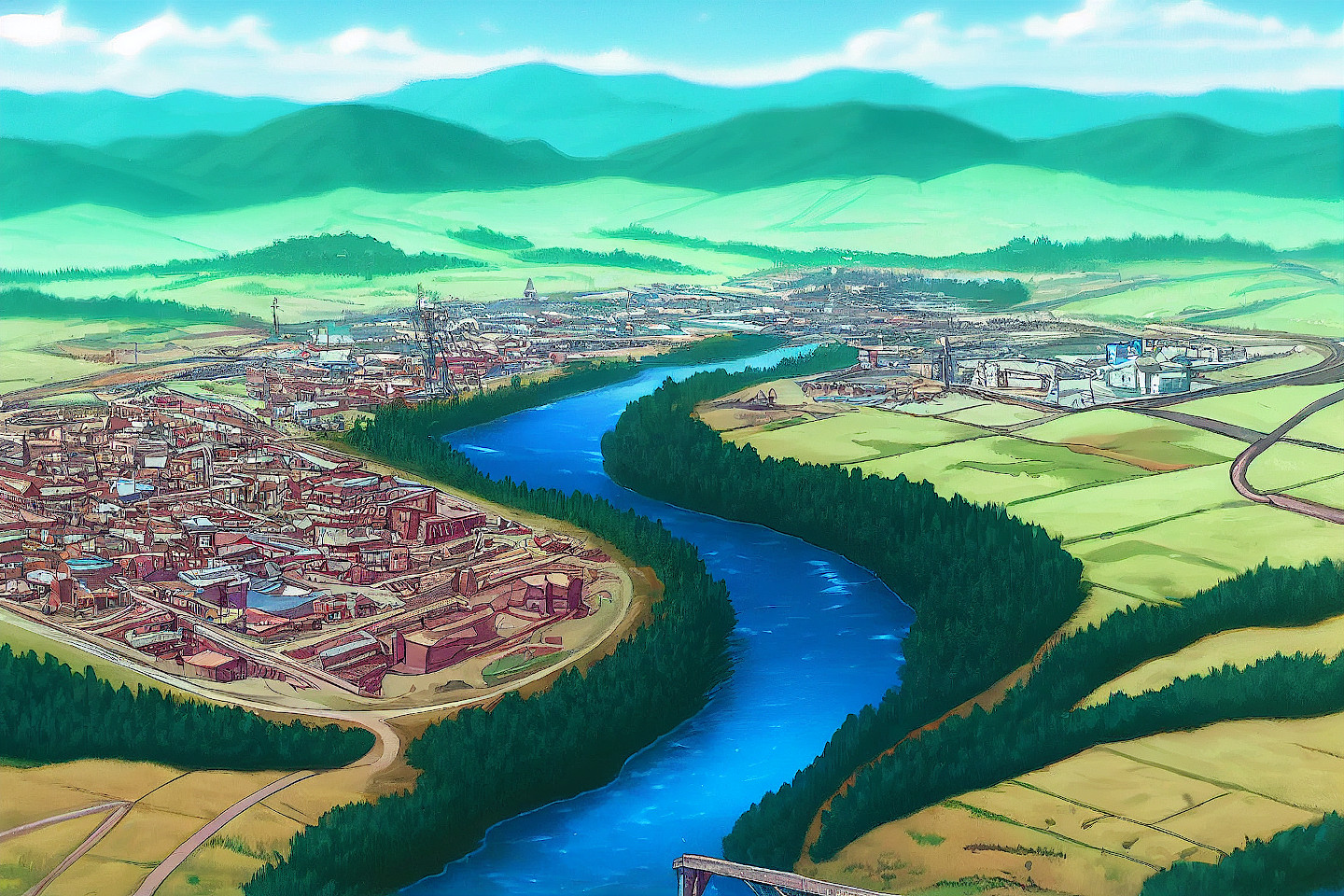

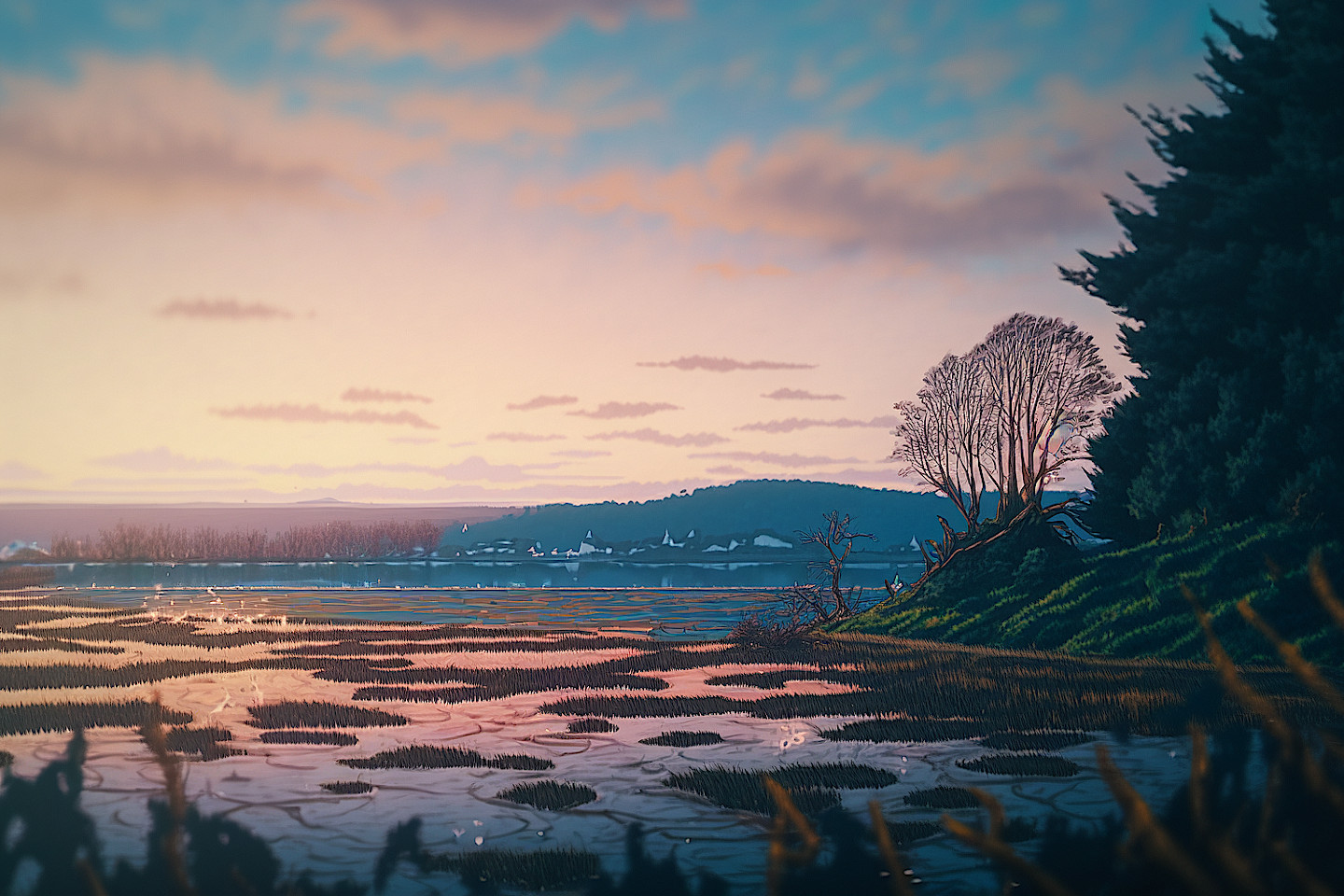
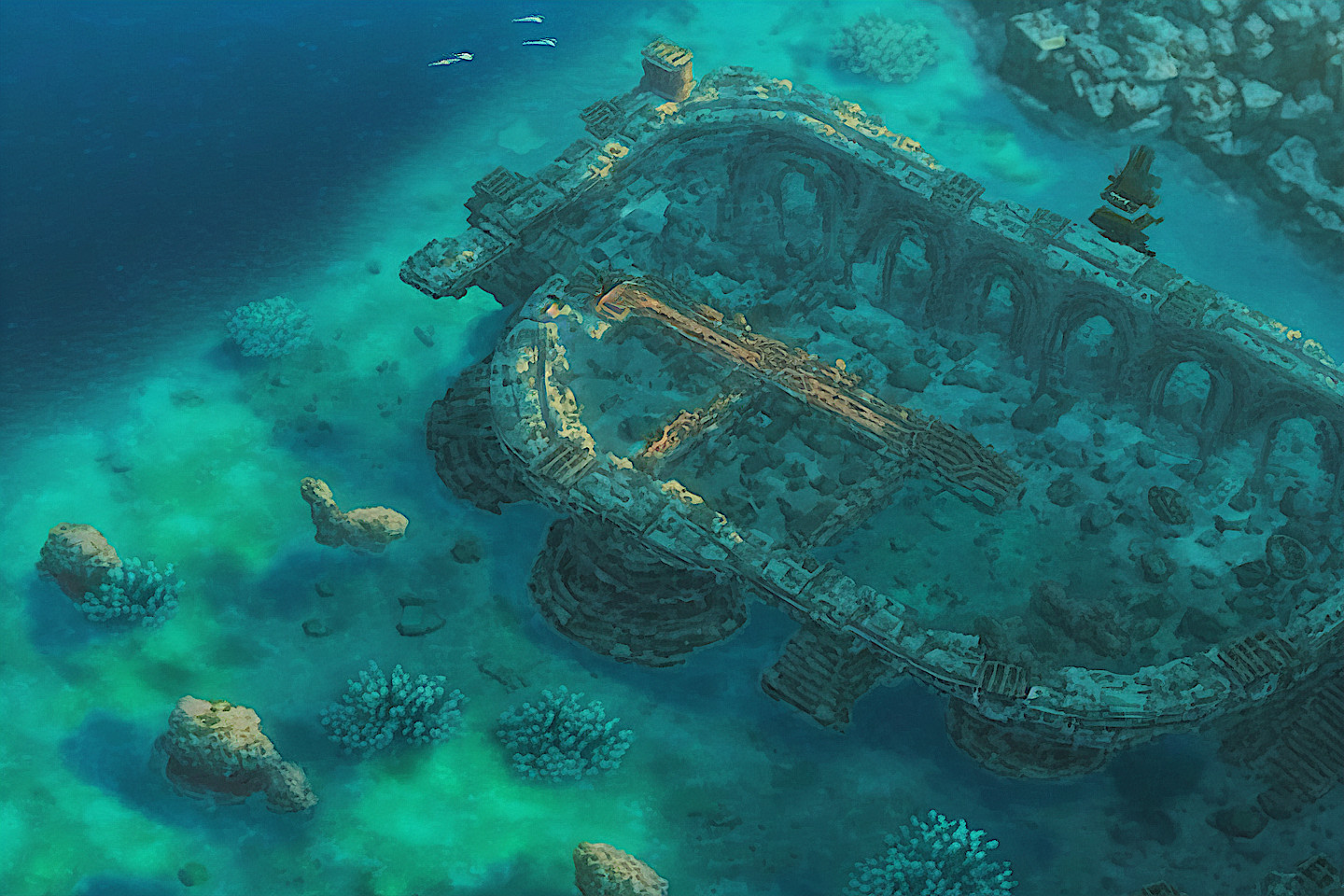

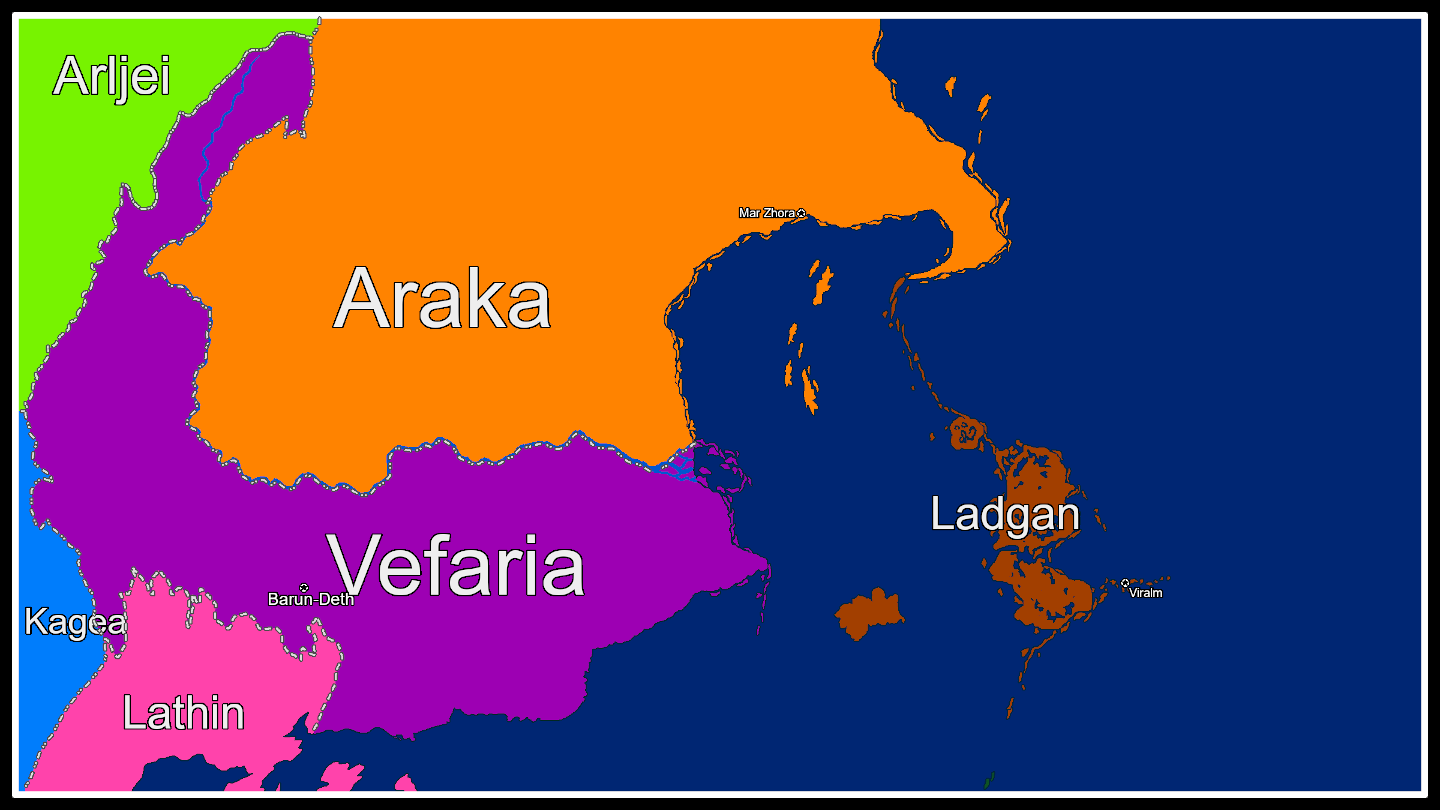
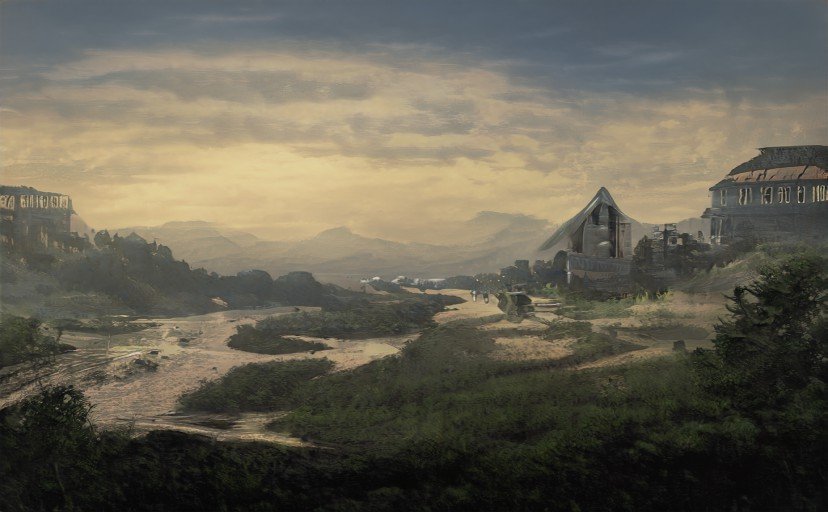
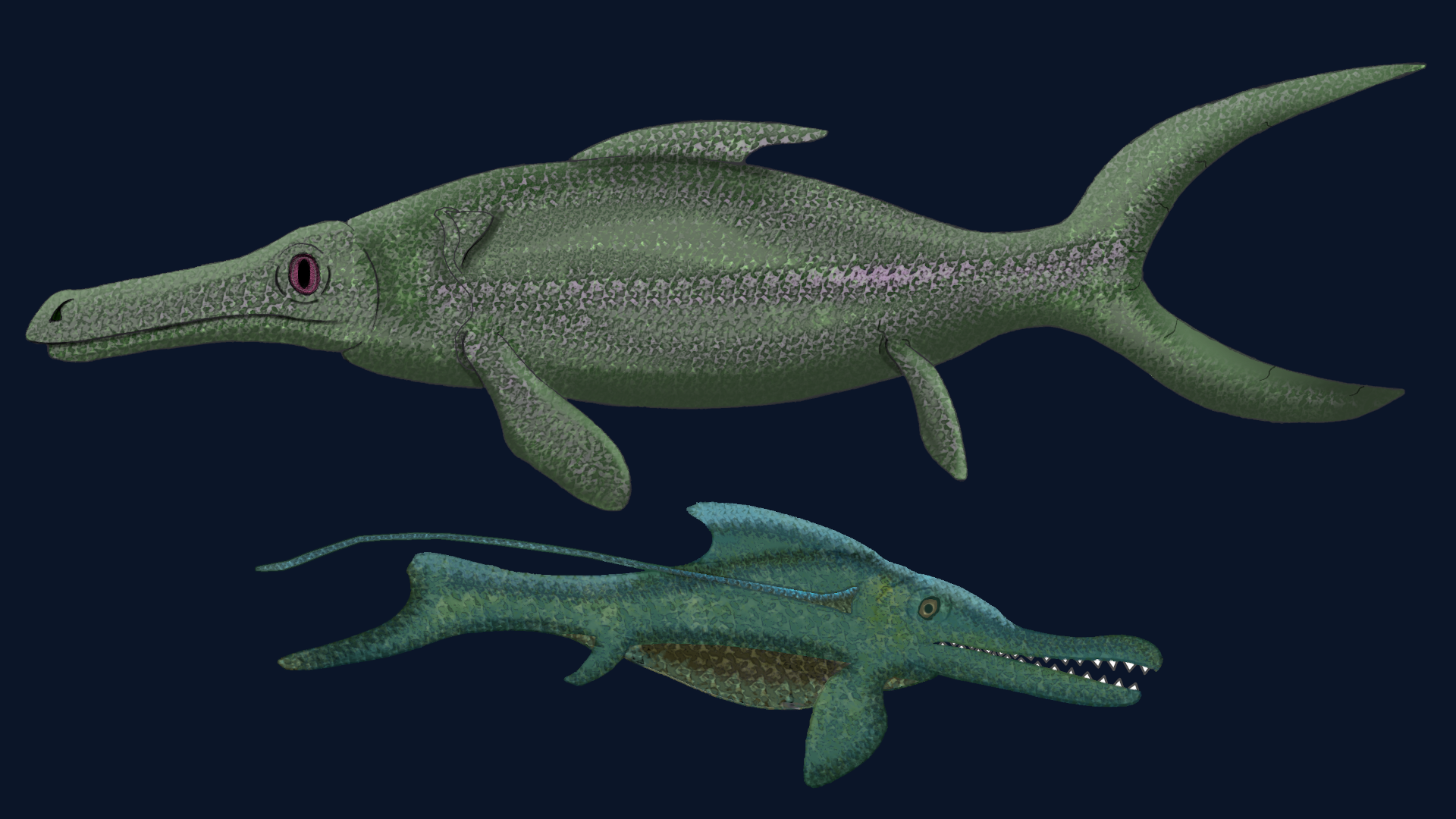
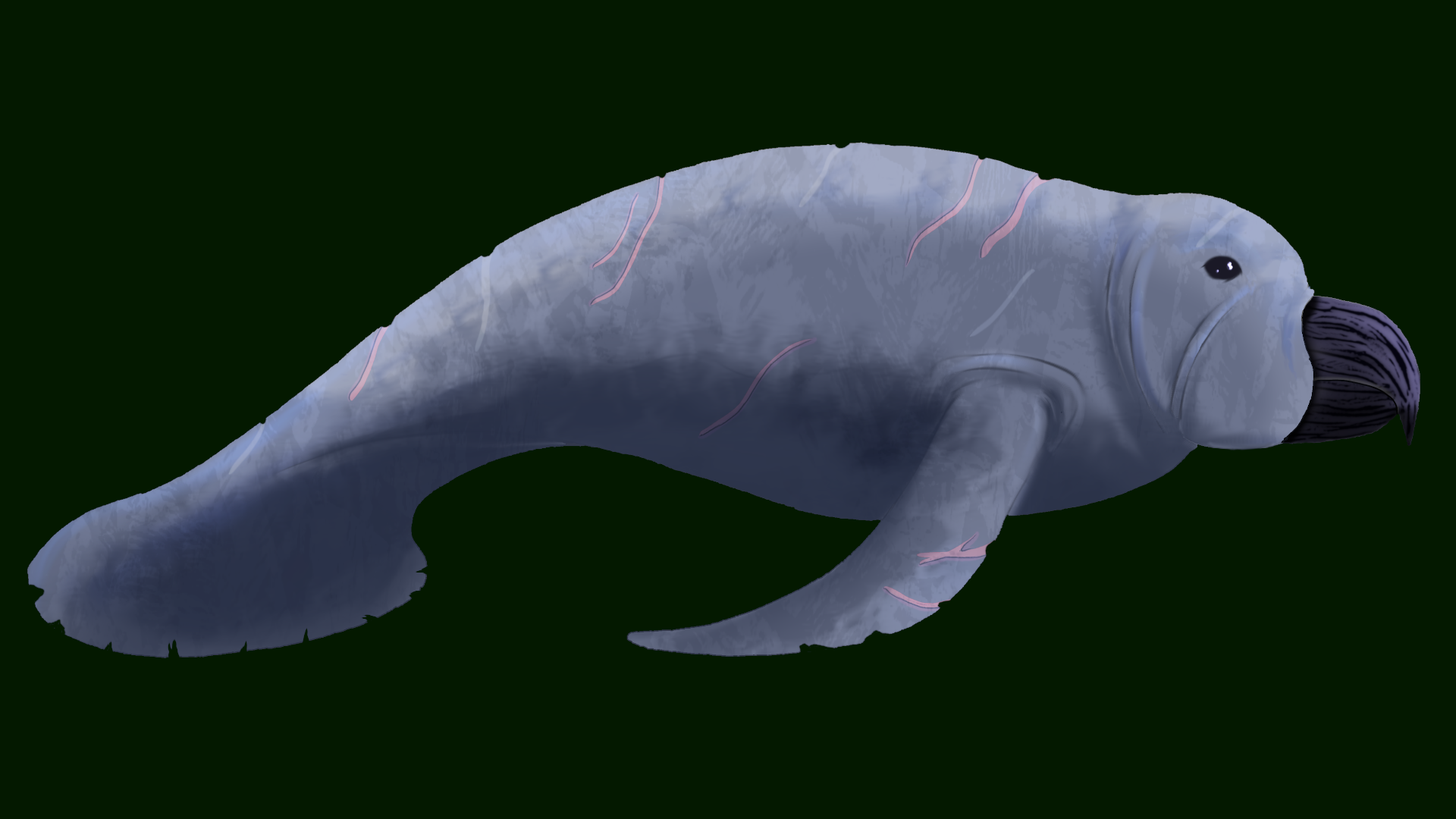
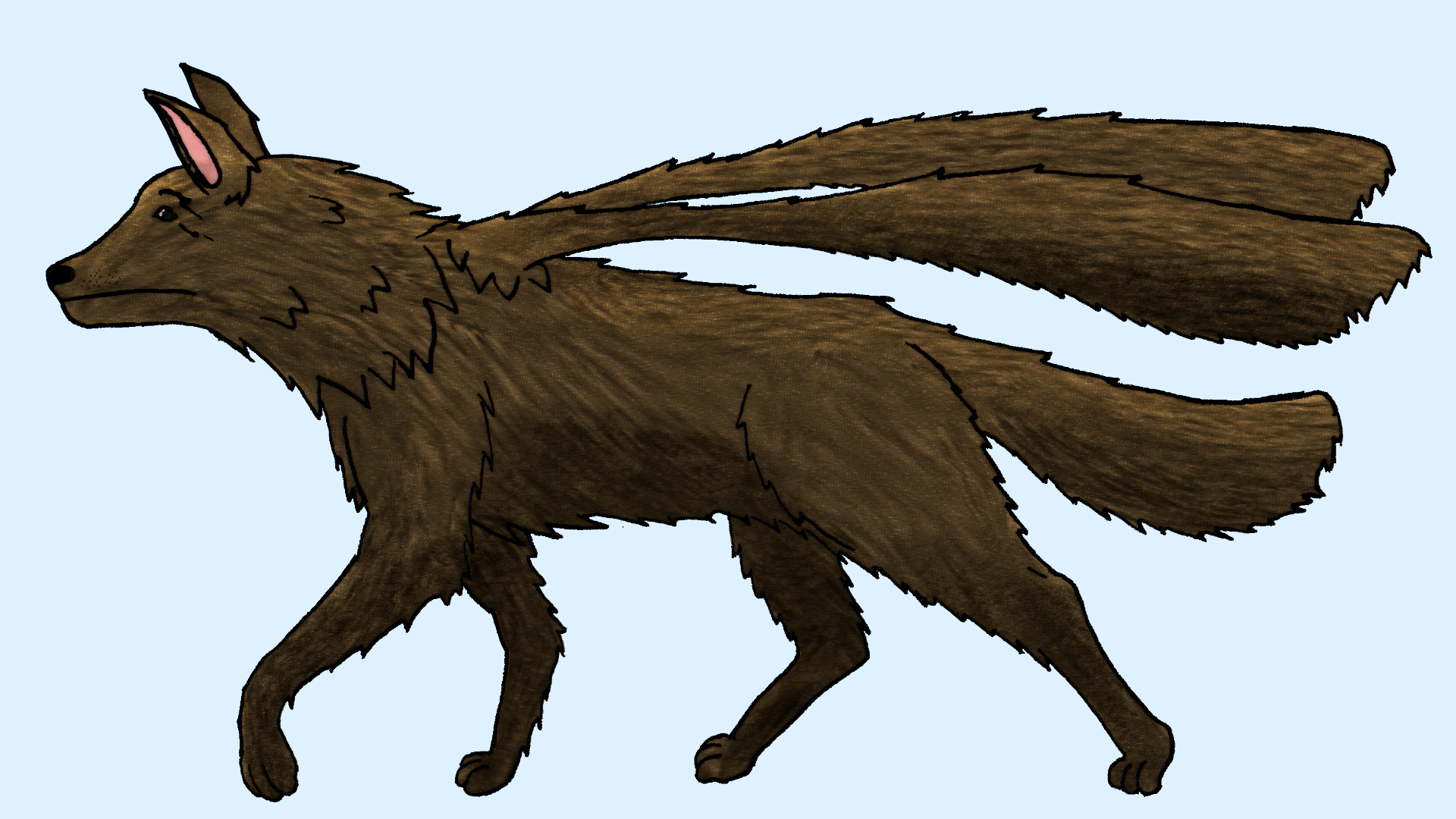


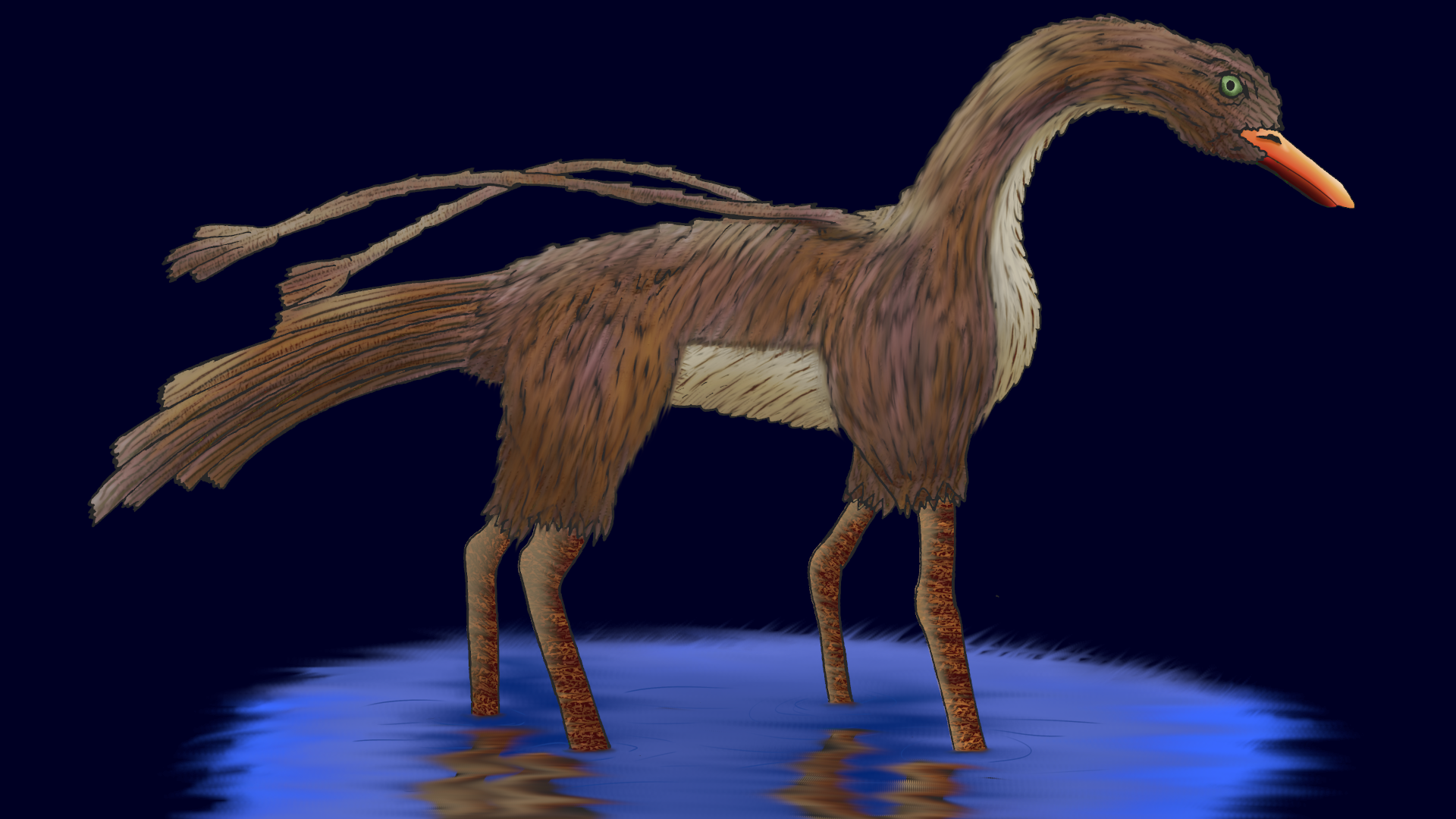
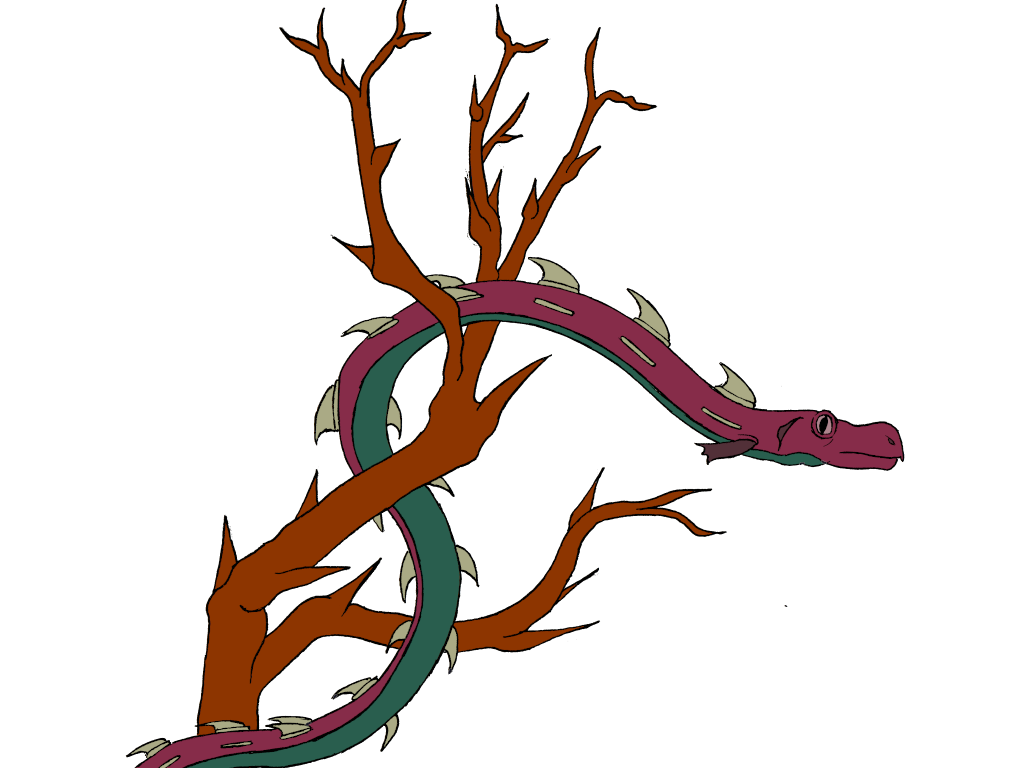
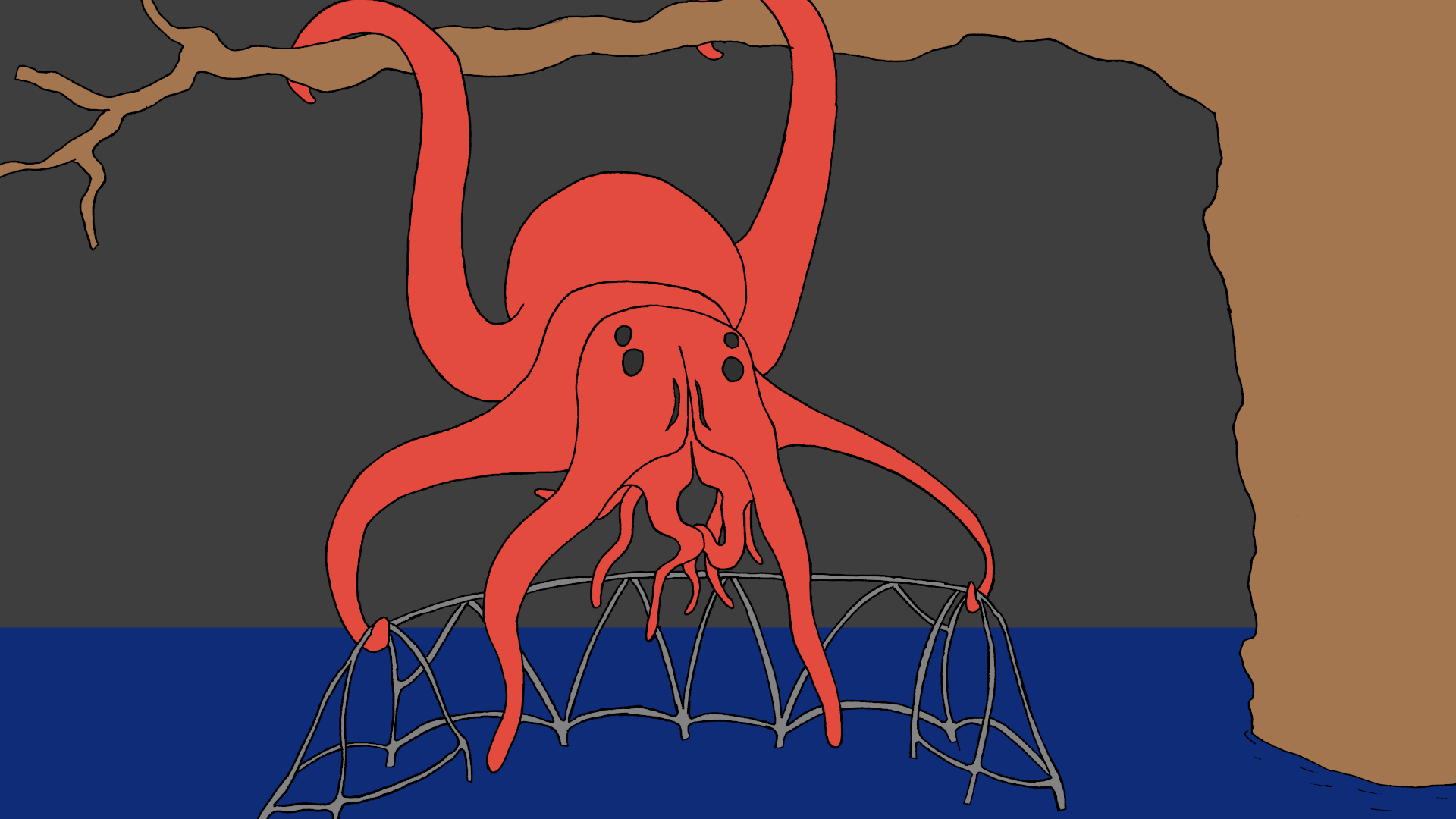

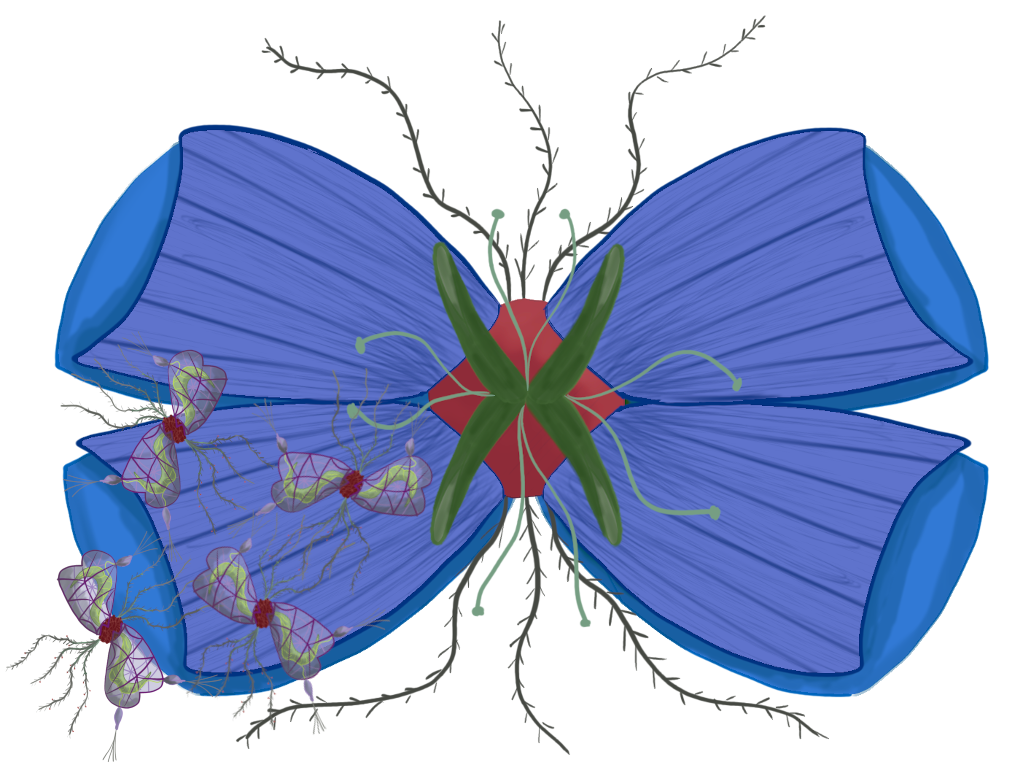

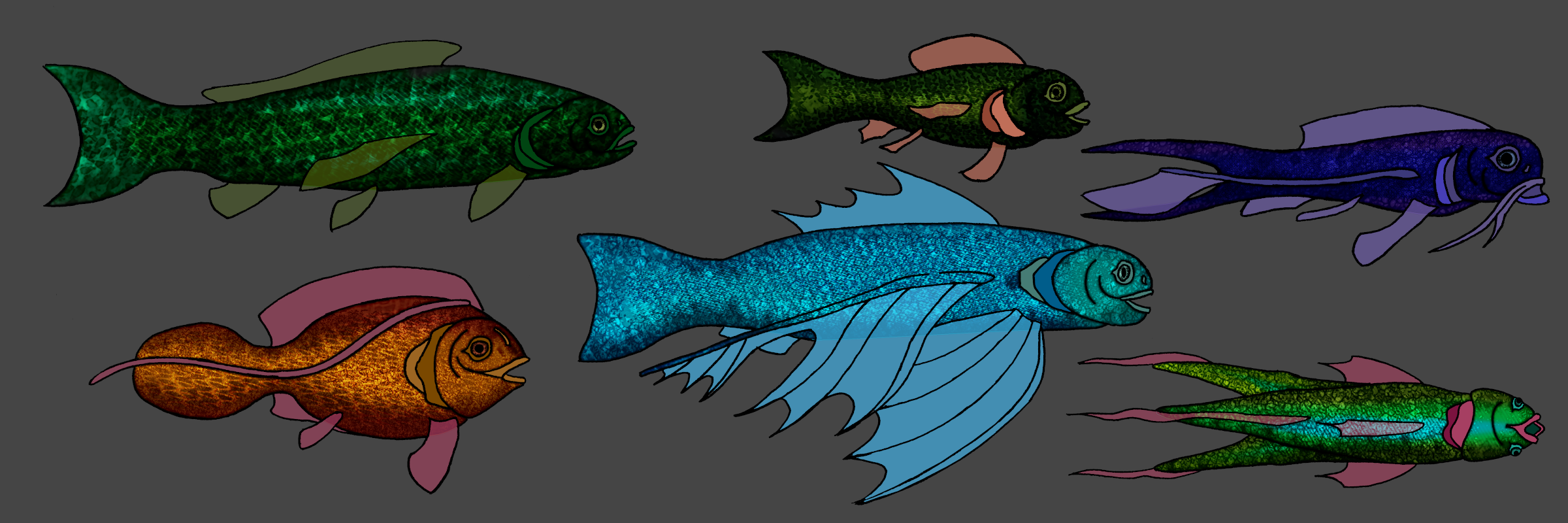



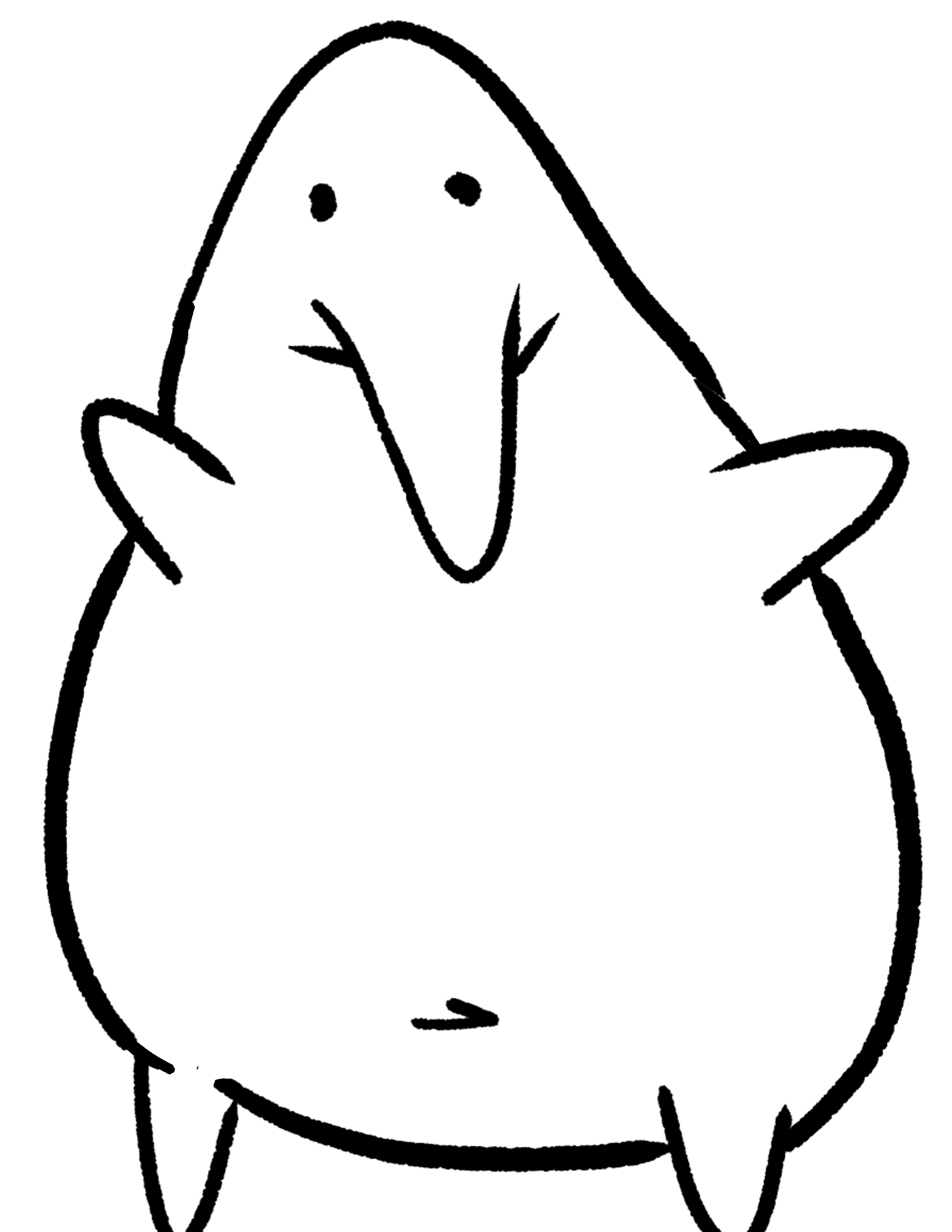






Genuinely impressed with how thorough this is! Love the map showing the Lekagar and the greater system of rivers. ---------------------------------------------------------------- Feel free to check out my Rivers/Waterways entry: Loch Mesner
Thanks for taking the time to read this and thanks for the kind words!